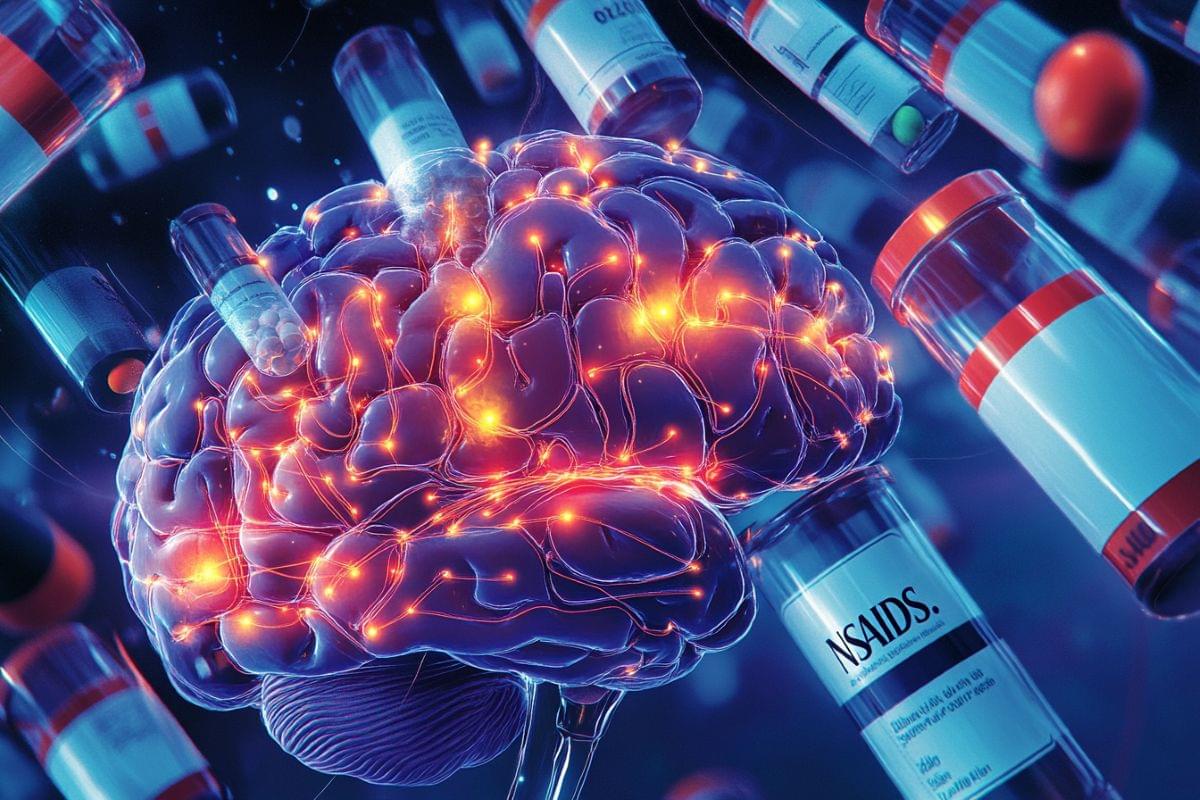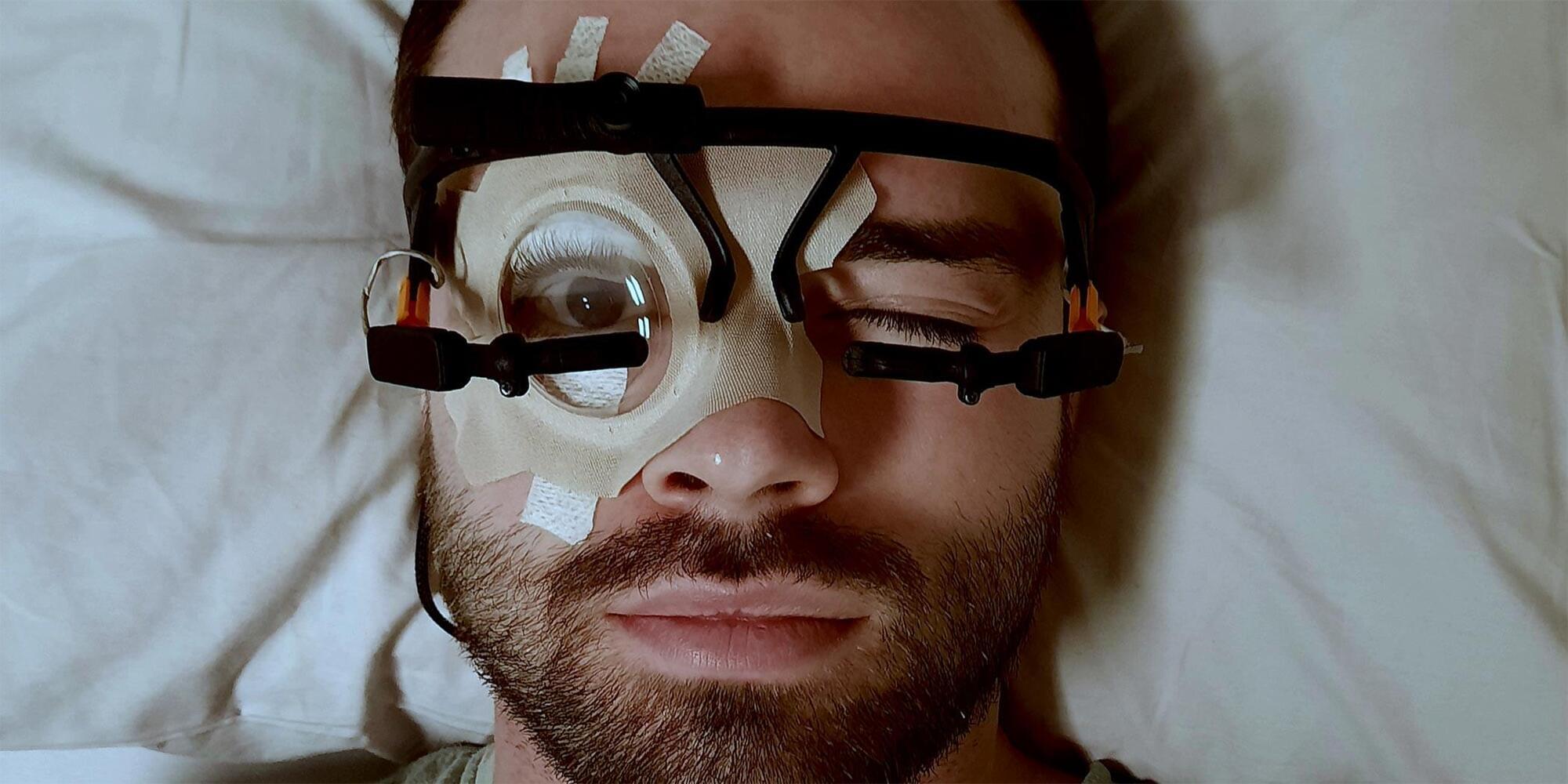Past neuroscience studies suggest that memories of events that occurred at short time intervals from one another are often connected, via a process referred to as memory linking. While memory linking is now a well-documented phenomenon, its neural underpinnings have not been fully elucidated.
Researchers at the University of California Los Angeles (UCLA) recently carried out a study aimed at better understanding the neural processes that contribute to memory linking in the mouse brain. Their findings, published in Nature Neuroscience, suggest that dendritic plasticity, the adaptation of dendrites (i.e., branch-like extensions of neurons) over time, plays a key role in the linking of memories.
“A few years back, in a landmark study published in Nature in 2016, we demonstrated that memories formed a few hours apart are linked because they are stored in a common set of neurons in the hippocampus,” Alcino Silva, senior author of the paper, told Medical Xpress. “We wanted to know: Where within these neurons are these memories stored and linked? What was causing these neurons to be recruited?”






